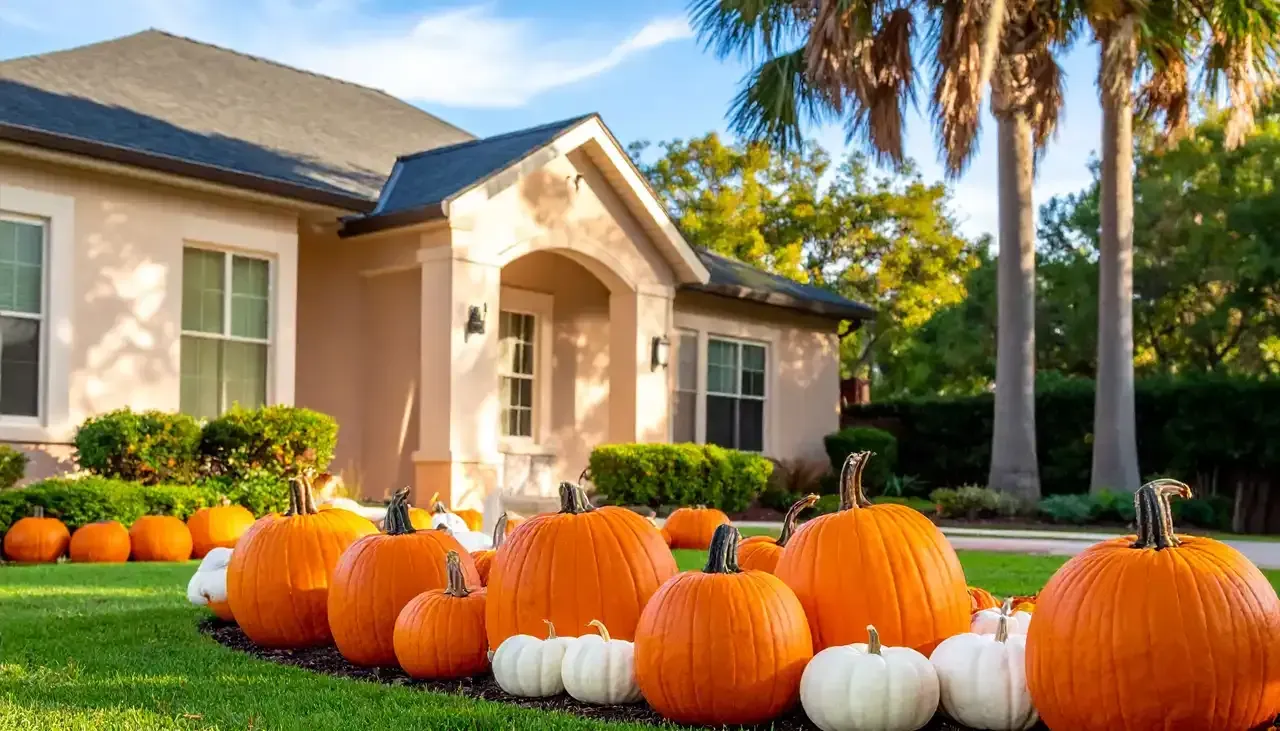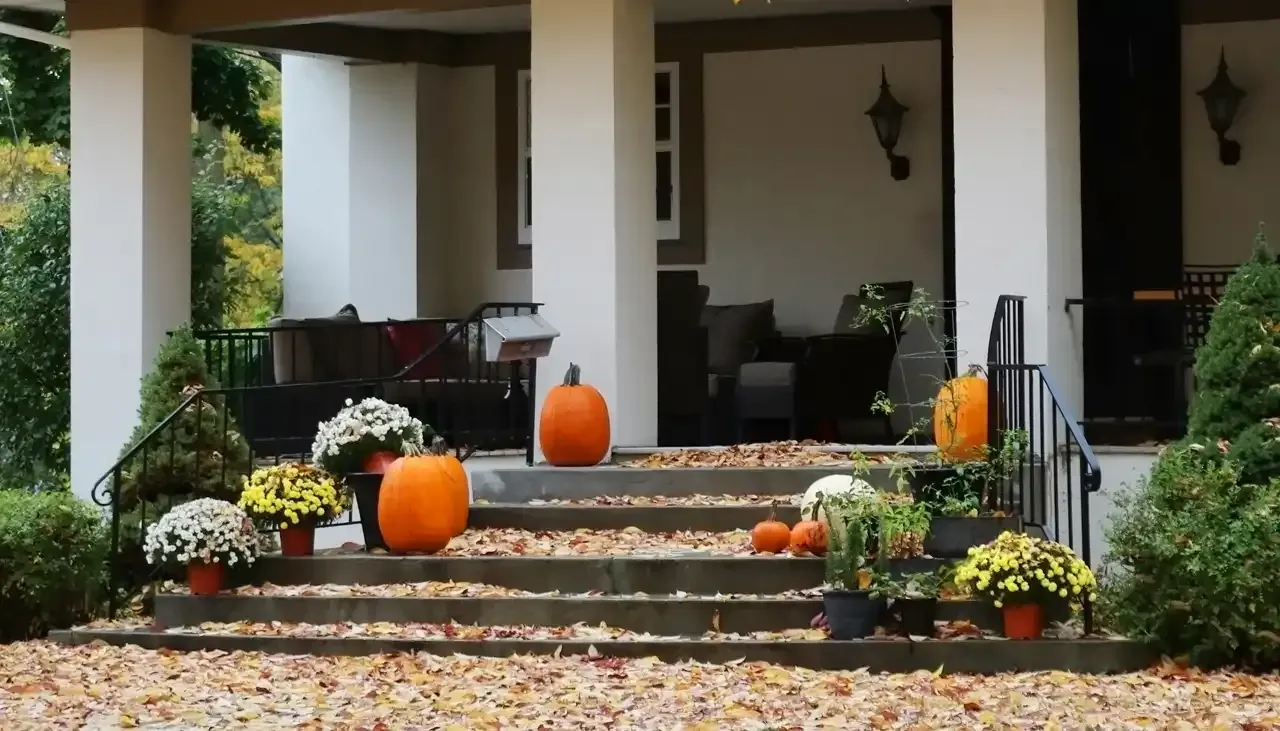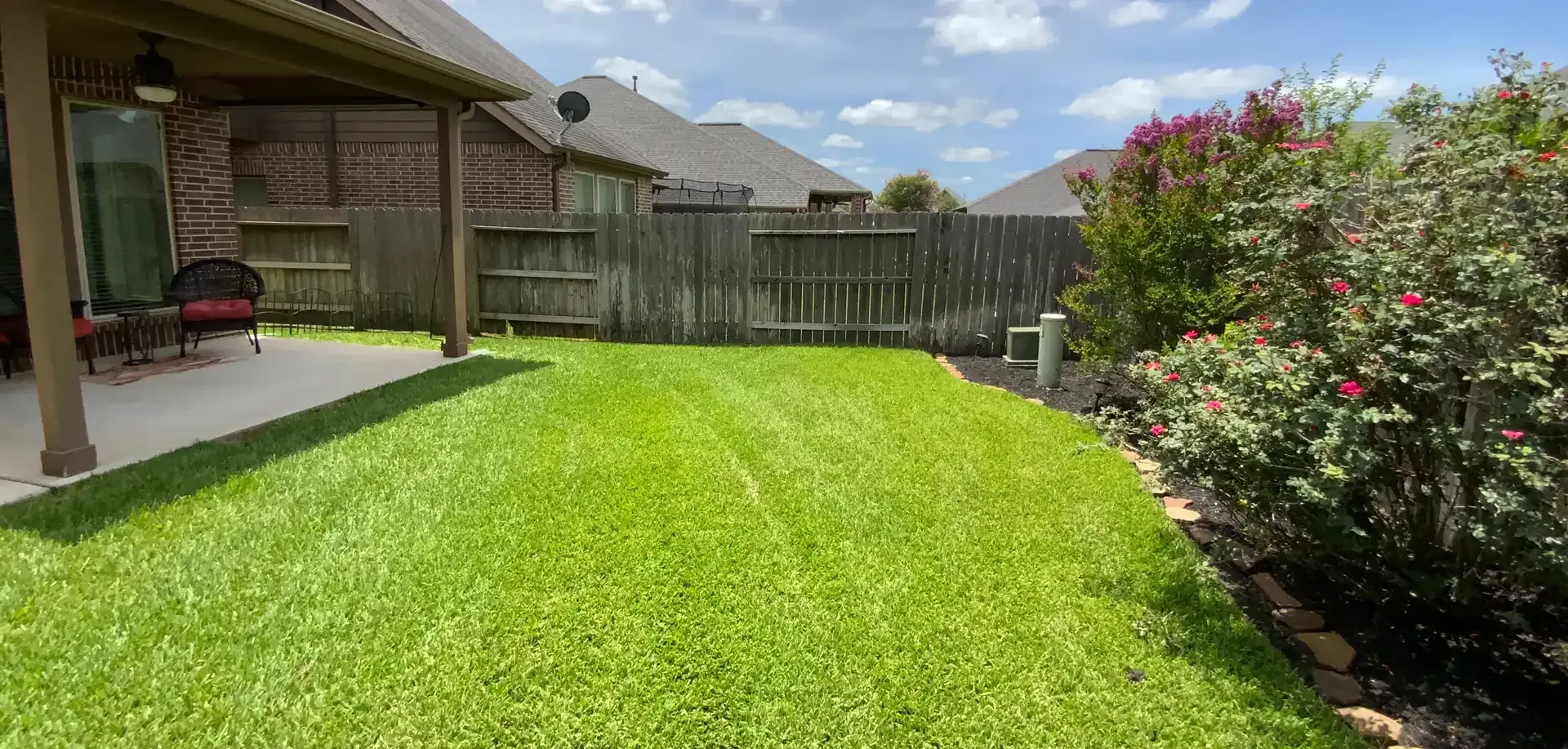Learn About Cold-Hardy Palm Trees
Best Cold-Hardy Palm Trees
Palm trees are often associated with tropical climates, but several varieties can withstand colder temperatures. In this blog, we’ll dive into what makes a palm tree cold-hardy, some of the best cold-hardy varieties, and how to care for them to ensure they thrive year-round.
What Does Cold-Hardy Mean?
When we talk about “cold-hardiness” in plants, we’re referring to their ability to survive and thrive in lower temperatures. For palm trees, which are typically sensitive to cold, being “cold-hardy” means that they can endure frost, snow, and extended periods of low temperatures without significant damage.
What makes a palm tree cold-hardy?
Cold-hardy palms have unique adaptations that allow them to survive in climates colder than their tropical relatives. These palms generally have thicker trunks, more robust root systems, and fronds designed to withstand cold winds. Their ability to enter dormancy during the colder months also helps protect them from freezing damage.
How does Rosehill Palms encourage cold-hardiness?
Here at Rosehill Palms, we specialize in encouraging cold-hardy traits in our palms. We select palm species that are naturally more resistant to cold and cultivate them in conditions that encourage robust growth. Our palms are grown from seed in our local climate, meaning our mature palms are acclimated to Texas’ conditions, making them stronger and better suited to endure chilly weather once planted in your landscape. With proper care and attention, these palms can flourish for many years, even in colder climates.
Benefits of a cold-hardy palm
Beyond their visual impact, cold-hardy palms are highly resilient and require less maintenance once established. They are also drought-tolerant, making them an excellent option for areas with variable weather conditions. Moreover, they are more likely to handle unexpected cold snaps, ensuring your landscape remains beautiful even during harsh winters.
Windmill Palm
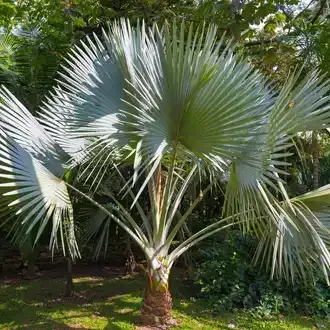
Windmill Palms, or Trachycarpus fortunei, are one of the most popular cold-hardy palms. It can withstand temperatures as low as 10°F (-12°C), making it a reliable choice for cooler regions.
This palm has a slender, fibrous trunk and fan-shaped fronds, giving it an elegant appearance.
Windmill palms grow well in USDA zones 7-10 and prefer partial shade. Their slow growth rate makes them ideal for small spaces; they can grow up to 40 ft in height but take many years to get there.
Saw Palmetto

The Saw Palmetto (Serenoa repens) is a low-growing, cold-hardy palm that can withstand temperatures as low as 15°F (-9°C). It is known for its bushy style growth and its blue-green fronds.
Native to the southeastern United States, this palm is often used in landscape designs as ground cover or in mass plantings. It thrives in USDA zones 7-11 and is highly drought-resistant once established.
European Fan Palm
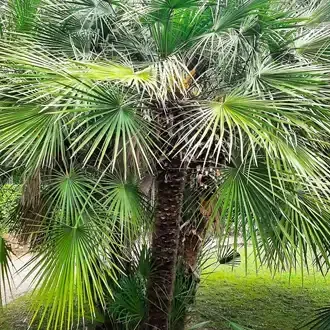
The European Fan Palm (Chamaerops humilis) is a versatile and resilient cold-hardy palm that can tolerate temperatures as low as 10°F (-12°C). Its compact size and fan-shaped leaves make it an attractive choice for gardens and container planting.
The European Fan Palm grows well in USDA zones 8-11 and can reach heights of up to 15 feet. It is a slow-growing plant that thrives in both full sun and partial shade, making it adaptable to various environments.
Needle Palm
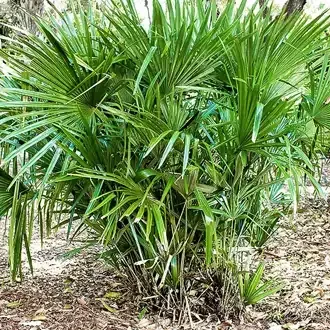
The Needle Palm (Rhapidophyllum hystrix) is widely considered the most cold-hardy palm available, capable of surviving temperatures as low as -10°F (-23°C).
Native to the southeastern United States, this palm features dark green fronds and a compact growth habit, typically reaching a height of only about 6 feet. Its sharp, needle-like spines give it its name and provide extra protection from wildlife.
The Needle Palm is ideal for USDA zones 6-10 and is a perfect choice for colder areas looking to incorporate tropical elements into their landscape.
Mexican Blue Palm
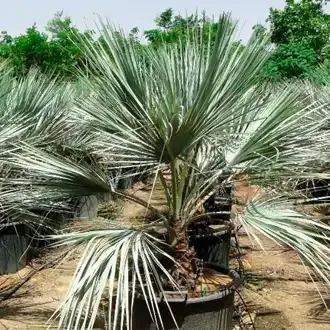
The Mexican Blue Palm (Brahea armata), known for its stunning silver-blue fronds, can tolerate temperatures as low as 15°F (-9°C).
This palm grows slowly but can eventually reach heights of up to 50 feet, making it a striking addition to any garden.
Native to Mexico, it thrives in USDA zones 8-11 and prefers full sun. Its drought tolerance and stunning color make it a standout in any cold-hardy palm collection.
How to Care for Your Cold-Hardy Palm Tree
While cold-hardy palms have traits that make them resilient to lower temperatures, they still require proper care to ensure they thrive through any season. Here are some key things to keep in mind:
- Watering: Cold-hardy palms generally need less water in the winter months when they enter a dormancy phase. During the growing season, ensure the soil is well-drained and water deeply but infrequently.
- Fertilization: Fertilize in the spring and summer months with a palm-specific fertilizer that contains a good balance of nitrogen, potassium, and magnesium to promote healthy growth.
- Mulching: Adding a thick layer of mulch around the base of your palm can help protect the roots from extreme cold temperatures and retain moisture.
- Frost Protection: In case of extreme cold, cover your palm with frost cloth or burlap, especially if it's newly planted or young.
Rosehill’s Cold-Hardy Palms
At Rosehill Palms, we specialize in providing a wide variety of cold-hardy palms to suit your landscaping needs. Our team can help you select from our extensive range of palm trees. Contact us or visit our nursery to explore all we have to offer and let us help you create a beautiful, resilient garden that lasts all year.

